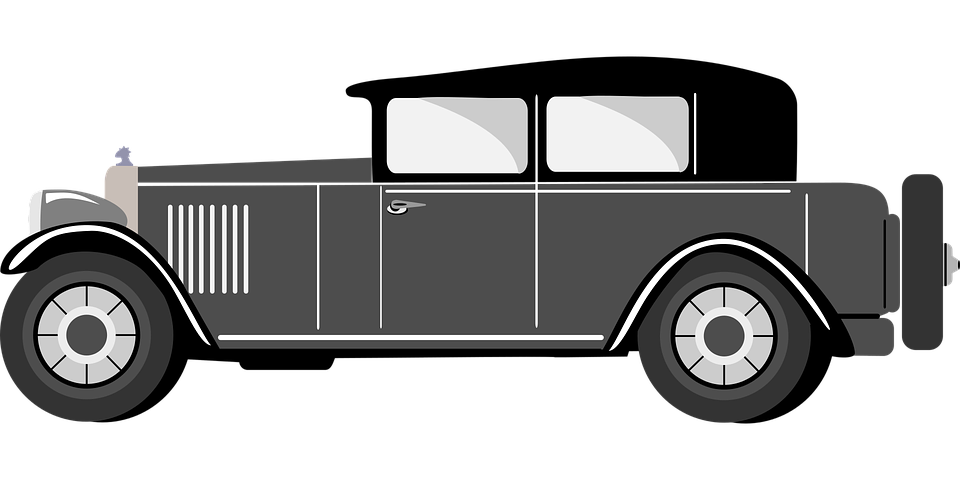


Mobile users:
For best results, view in Landscape mode.
Packard:
In 1899,
Packard was founded by James
Ward Packard,
his brother William, and their
partner, George
Lewis Weiss, in Warren, Ohio.
A mechanical engineer, James
Packard believed they
could build a better horseless
carriage than the
Winton cars owned by Weiss.
Packard's first car was
built in Warren, Ohio, in
November, 1899.
In 1900,
the Ohio Automobile Company
was founded to
produce Packard automobiles
and in 1902 the name
was
changed to the Packard Motor
Car Company with
James Packard as president.
In the
beginning, all Packards had a
single-cylinder
engine until 1903.
Packard vehicles featured
innovations, including the
modern steering wheel and,
years later, the first
production
12-cylinder engine, adapted
from developing the
Liberty L-12, and
air-conditioning in a
passenger car.
Packard produced its "Twin
Six" model series of
12-cylinder cars from 1915
to 1923.
In 1903,
Packard constructed a modern
automobile
manufacturing plant in
Detroit.
Packard produced luxury
automobiles not only for the
American market, but also for
foreign markets.
By the 1920s, Packard
was exporting more cars than
any other make in the luxury
class.
While
the high-volume Oldsmobile
Runabout went for $650, the
Packard concentrated on cars
with prices starting at
$2,600.
The company developed a
following among
wealthy purchasers both in the
United States
and abroad, competing with
European
marques like Rolls-Royce and
Mercedes Benz.
By 1935,
the Great Depression forced
Packard to introduce its
first lower priced car, the
Packard 120. Sales tripled in
1935
and then doubled again in 1936.
The 120 model was
built in an entirely separate
factory.
Like all
automobile manufacturers,
Packard ceased the car
production during World War
II.
In late 1945, the
company resumed production
with the Clipper.
Like other
cars of this era, the 1946
and 1947 models were
essentially the same as the 1941
models. In the post-war era,
Packard decided to emphasize
the higher volume lower priced
models instead of the more
expensive models.
During the
first half of the twentieth
century the Packard was
one of America’s premier
luxury automobiles.
The first Packard automobiles
were produced
in 1899, and the last
true Packard in 1956,
when they built the Packard
Predictor,
their last concept car.
Packard bought
Studebaker in 1953 and
formed
Studebaker-Packard Corporation
of
South Bend, Indiana. The final
Packards were
actually badge engineered 1958
Studebakers.
Studebaker:
In 1852,
Studebaker was
founded in South Bend,
Indiana, and
incorporated in 1868
under the name of the
Studebaker Brothers
Manufacturing Company, the
company was originally a
producer of wagons for
farmers, miners,
and the military.
The
Studebaker began when
brothers Henry
and Clement opened the H
& C Studebaker
blacksmith shop in South
Bend, Indiana, in 1852.
Their wagons became known
for quality and longevity.
Business
began slowly, with
production being only 2
wagons
built and sold the first
year; the first carriage
followed
in 1857.
By 1858, brother
John Mohler joined and
invested in the firm,
which was filling wagon
orders for the U.S. Army.
Studebaker continued to
supply wagons to the
Army throughout the Civil
War, exposing their product
to
the nation.
The company
grew quickly. Production in
1867 was 6,000
vehicles,
and by 1885 topped
75,000.
Sales by 1887
surpassed $2 million.
Studebaker had become one of
the world's largest
manufacturers of
horse drawn vehicles
in the world.
This success was not without
hardship. Major fires
occurred at the
factory in 1872 and
1874 with the 1872
fire nearly wiping out the
firm,
and the 1874 fire
destroying two-thirds of the
factory.
Along with
its wagons, Studebaker
carriages were highly
prized,
and counted U.S.
presidents among their
passengers,
including Abraham
Lincoln, who was
transported to Ford's
Theater
the night he was
assassinated in a
Studebaker carriage.
Studebaker
Brothers Manufacturing
Company
was the only top
ranked carriage builder
to actually manufacture both
automobiles
and wagons from 1902
to 1920.
The company introduced an
electric car in
1902 and a gasoline
powered vehicle in 1904.
Studebaker
entered the automotive
business in 1902
with electric
vehicles and in 1904
with gasoline vehicles, all
sold under the
name Studebaker
Automobile Company.
The first gasoline
automobiles to be
fully manufactured by
Studebaker
were marketed in August 1912.
Over the next 50 years, the
company established a
reputation for good
quality and reliability.
Studebaker
closed its South Bend plant
in 1963.
Car production continued at
the Ontario, Canada, plant
until its closure in March 1966,
ending a 114 year history
of Studebaker vehicles.
